These are our best lenses for the Canon EOS 70D, an advanced DSLR camera that’s suited for all different types of photography, from still images (landscapes, portraits) to fast paced movement, such as sports and races. The 7fps burst mode and 19 all cross-type AF system definitely make your life easier when it comes to capturing a shot in even more difficult situations.
Since the 70D is such an amazing camera, you shouldn’t put on just any lens, otherwise you will never see its full potential.
With over 60+ Canon lenses to choose from, and that doesn’t even include third-party choices, we understand that choosing one is not always an easy task, especially if you’re looking to buy a lens to shoot something you’ve never done before.
In this guide, we’ll go through all lenses we recommend in categories where most photographers shoot, and will also give you all the information you need to know about compatibility, focusing and so on.

Wideangle lenses

Macro lenses

Telephoto lenses

Standard lenses
We have 4 different types of lenses:
- Wideangle – Useful for capturing a lot in your scene (usually from 8 to 35mm)
- Standard – Where most photography happens (from 35 to 85mm)
- Telephoto – For subjects far away (85mm to 600mm, only a few lenses that go higher)
- Macro – 1:1 ratio that magnifies your subject to real life size (usually from 60 to 180mm)
Chances are you’re into more than just 1 different style of photography, and we had that in mind when writing this guide.
The lenses we selected have great image quality, affordable price, and are most importantly useful for many situations. A great example would be the Canon EF 55-250mm f/4-5.6 IS STM, it’s aimed at animal and sports photographers but is also wide enough to use it for portraits and casual stuff, not to mention it’s quite cheap. Same goes for the Canon EF 50mm f/1.8 STM, the most popular Canon lens for a reason; it’s cheap and better has quality than most zooms.

Table of Contents
ToggleList of the lenses we recommend for the Canon EOS 70D:
We cover these lenses in depth below, but in case you’re looking for full specifications and reviews, here’s an organized list. Prime and zoom lenses, from widest to longest. If you decide to buy anything through our Amazon links, you automatically support our work as we receive a small commission and it’s what allows us to write these guides.
Best Prime Lenses for Canon 70D:
Canon EF-S 24mm f/2.8 STM
Sigma 30mm f/1.4 DC HSM
Canon EF 50mm f/1.8 STM
Canon EF 85mm f/1.8 USM
Best Zoom Lenses for Canon 70D:
Canon EF-S 10-18mm f/4.5-5.6 IS STM
Canon EF-S 18-135mm f/4-5.6 IS STM
Canon EF-S 55-250mm f/4-5.6 IS STM
Canon EF 70-200mm f/2.8L IS II USM
Sigma 18-35mm f/1.8 DC HSM
Sigma 18-300mm f/3.5-6.3 DC OS HSM
Sigma 150-600mm f/5-6.3 DG OS HSM
We looked for the best combination of price, quality and reach. The Canon 70D uses an APS-C sensor like all other Canon’s in this line (the latest is the Canon 80D), which means you can also use EF-S lenses that are lighter and cheaper than EF lenses.
Best for Portraits, Weddings, Low Light and General Photography

Best for everything and cheap -> Canon EF 50mm f/1.8 STM
Best quality and for low light -> Sigma 30mm f/1.4 DC HSM
Best for portraits, weddings, concerts -> Canon EF 85mm f/1.8 USM
These lenses are good for almost all types of photography, but this is where they excel at. Their high quality, large aperture that lets in a ton of light, the ability to blur the background and a focal length that nicely compresses your subject’s face is why we put them on this list. Oh, they’re also quite affordable.
1. Canon EF 50mm f/1.8 STM

The Canon EF 50mm f/1.8 STM is a lens you’ll see in almost every guide, simply because it’s that good. Never owned a prime lens before and can’t understand what’s the big deal about this 50mm? The lens has far better quality than most zooms and thanks to aperture f/1.8, it allows you to blur the background and take pictures in darker places (pictures that don’t suck).
It’s so simple and easy to get a blurry background like on the example above when you’ve got a lens that can go f/2.8, f/2 or even lower, you can do that in less than a second on the 70D.
It’s the cheapest Canon lens and also features STM for silent video focusing (most lenses pick up noise from the focusing which can be annoying at times, it sounds like you have an animal trapped in the camera).
You can buy it at Amazon or see more reviews here.
2. Sigma 30mm f/1.4 DC HSM
The Sigma 30mm f/1.4 DC HSM is slightly wider, sharper and lets in just a little bit more light.
While you’ll rarely see any difference between f/1.4 and f/1.8, you’ll definitely appreciate the f/1.4 if you often shoot in really dark places or want to achieve super shallow depth of field. The extra third-stop also allows you to use slightly faster shutter speeds at night and it can make a difference when photographing moving subjects.
It does cost more so if you’re trying to stay low, the 50mm f/1.8 is definitely the better overall deal. However, the 30mm is noticeably wider on the Canon 70D, and allows you to capture a little bit more in your scene (good for street photography). You’ll have to decide which focal length you prefer, or use your zoom and see the difference for yourself.
Many people have both 30mm and 50mm primes, so if your budget allows you this is also a good way to go.
You can buy it at Amazon or read more reviews here.
3. Canon EF 85mm f/1.8 USM
We call the Canon EF 85mm f/1.8 USM the winner for wedding, concert and portrait photography. The longer focal results in you not having to be so close to your subject so you can be silent (big plus for weddings and concerts). Longer lenses have always been recommended for capturing people because they don’t distort the faces; they give you nice, flat results.
The USM focusing motor makes auto focusing super quick and silent, bokeh looks absolutely amazing (8 diaphragm blades) and its closest focusing distance is 2.8 feet. Images will look sharp, that’s no doubt, and you might even have to stop down the aperture a little bit to get more in focus. I bought the 85mm f/1.8 a few years ago and it’s a beast.
You can buy it at Amazon or see more reviews here.
Best for Landscape, Wideangle, Architecture and Indoor Photography

Best wide zoom -> Canon EF-S 10-18mm f/4.5-5.6 IS STM
Cheapest lens -> Canon EF-S 24mm f/2.8 STM
Best but expensive -> Sigma 18-35mm f/1.8 DC HSM
The Canon 70D uses an APS-C sensor, which makes any lens appear as if it’s 1.6x longer than it actually is. While this is a huge benefit for telephoto photography, it’s a disadvantage for wideangle scenes which is why Canon created an EF-S mount. These lenses are made with the crop factor in mind and are therefore ultra wide, so when you mount them on they’re still perfectly acceptable for even the most sophisticated landscape photographers.
Wide angle lenses are notorious for vignetting, distortion and flare, simply because they capture so much in the scene. You can use a lens hood in some situations, but we still made sure to select lenses that show a minimum amount of issues, at least what’s expected at that price range. The Canon EF-S 10-18mm IS STM is our favorite choice if you want an affordable zoom to shoot the sky, nature, buildings and real estate and it’s even better than Canon’s previous already good wide zoom. For night time/indoors you’ll want a larger aperture, so check out the Canon EF-S 24mm f/2.8 STM and Sigma 18-35mm f/1.8 DC HSM.
1. Canon EF-S 10-18mm f/4.5-5.6 IS STM
The cheapest zoom that offers better performance than Canon’s previous, more expensive wideangle 10-22mm zoom is the Canon EF-S 10-18mm f/4.5-5.6 IS STM. You do lose 4mm on the far end, and the largest aperture at 10mm is slightly smaller, but in return you get improved image quality, STM that makes recording videos easier for you, at a lower price.
If you feel like your current lens is not wide enough for night time/sky, buildings, beaches, landscape and indoor/real estate, definitely check out the 10-18mm. It was announced 2 years ago and is already one of Canon’s best selling lenses and most recommended budget wideangle choices.
Wideangle photography can be tricky if you’ve never owned a wide lens before as you might actually get too much in your scene than you imagine. This is why a zoom is suitable for newcomers to wide photography as you get enough distance to work with.
You can buy it at Amazon or see more reviews here.
2. Canon EF-S 24mm f/2.8 STM
The Canon EF-S 24mm f/2.8 STM looks weird compared to other DSLR lenses, but it performs really well.
It’s a no brainer, if you want something short, compact and super light, get the 24mm. It’s a perfect match for the 70D and if you’re into video recording, you’ll love the fact it comes with STM and FTM (Full Time Manual focus) so you can focus manually even when set to AF.
How does Canon make these “pancake” lenses? They design a really long lens then cut it off randomly, and whatever they’re left with gets sold as a prime lens. Just kidding.
But really, the 24mm f/2.8 is great for beginners, as a gift, or if you’re trying to get something cheap.
You can buy it at Amazon or see more reviews here.
3. Sigma 18-35mm f/1.8 DC HSM
To have a zoom lens with f/2.8 is awesome. To have f/1.8… that’s just asking for too much. Luckily, Sigma listened.
The Sigma 18-35mm f/1.8 DC HSM is designed for APS-C cameras (which the EOS 70D is) and gives you a length that’s excellent for any wide to standard situation, even in low light. That includes weddings, traveling (still good as a kit lens), streets, indoor and general photography.
Instead of owning 3 separate lenses that might not even have f/1.8, you’re able to zoom through all in less than a second. Best part, the max. aperture doesn’t get smaller at 35mm. This Sigma fine piece of glass also delivers optically excellent images with top colors and sharpness, and has a HSM (Hyper Sonic Motor) to make it better for focusing on moving targets as well. The only downside is that it’s not as light as the two lenses above, but is still manageable at 28.7 oz (809g). Price? $800. It’s worth far more though.
You can buy it at Amazon or see more reviews here.
Best for Traveling, Walkaround, Zoom and Everyday Photography

Best 1 all-around choice -> Sigma 18-300mm f/3.5-6.3 DC OS HSM
Better quality, less zoom -> Canon EF-S 18-135mm f/3.5-5.6 IS STM
If you feel limited by the 18-55mm, especially when it comes to action and subjects really far away, you’d be better of with an all-around zoom. A couple of years ago any third-party lens would be bad choice but we really like what Sigma and others have been doing for the past 2-3 years. If maximum zoom is the most important to you, check out the Sigma 18-300mm f/3.5-6.3, it’s a perfect do it all, travel lens.
Prefer something with better quality, less reach and auto focusing that’s smooth and quiet for videos? See the Canon EF-S 18-135mm f/3.5-5.6 that costs $50 more.
You don’t buy a big zoom lens because you’re expecting top of the world image quality, you do it because you prefer versatility, capturing any moment and traveling light over sharpness. We’re not saying the quality sucks, it’s just that compared to more expensive lenses they’re not as good. They’re perfect for smaller prints and sharing the images online as you can see from the example above!
1. Sigma 18-300mm f/3.5-6.3 DC OS HSM
Announced in 2014, the Sigma 18-300mm f/3.5-6.3 DC OS HSM is a result of Sigma’s years of experience in the superzoom department.
It features four FLD elements and super multi-layer coating to reduce the amount of flare and ghosting, the two main factors that degrade image quality (common issues with long zooms because of the amount of glass elements used).
Plus, it’s got Optical Stabilization which is helpful once you go over 200mm, or are shooting in dim light. Whether you’re traveling to India for a month or just want a lens that covers it all and delivers good results, you’ll love it. If you want extra 2mm, the Tamron 16-300mm f/3.5-6.3 is another, slightly more expensive lens.
You can buy it at Amazon or see more reviews here.
2. Canon EF-S 18-135mm f/3.5-5.6 IS STM
Already got the Canon 70D with the Canon EF-S 18-135mm IS STM kit lens? Feel free to skip this part, or continue reading just to be reminded of your good buying decision.
While it can’t zoom as much as the Sigma or Tamron, it’s got better contrast, colors and sharpness. You won’t notice these if you print small, but for cropping or larger prints it’ll be better.
Also, the STM technology makes it a much better candidate for videos with audio captured directly from the 70D without the use of an external microphone, as it’s quiet and smooth. Using STM is also the only way to manually select the AF speed (slow/fast) if you like being able to control the settings.
You can buy it at Amazon or see more reviews here.
Best for Wildlife, Sports, Birds and Action Photography

Best telephoto budget zoom -> Canon EF-S 55-250mm f/4-5.6 IS STM
Best telephoto zoom for low light -> Canon EF 70-200mm f/2.8L IS II USM
Best superzoom -> Sigma 150-600mm f/5.6-6.3 DG OS HSM
Your Canon 70D was more or less born for action photography. And if there’s one thing where Canon shines at, it’s definitely making telephoto lenses. Even their cheapest Canon EF-S 55-250mm has good quality at 250mm, and also features an IS system to help you when shooting with slower shutter speeds. Because of the crop factor on the Canon 70D, its field of view is equivalent to an 88-400mm lens, and this 1.6x multiplier applies to every lens you put on (good for birds and animal photography).
One thing we should mention is that you should never buy the Canon EF 75-300mm, despite how attractive the low price may seem. It’s way to soft and just not something you’d want to use on the Canon 70D or any high megapixel DSLR.
What to look for in a telephoto lens? Anything over f/4 means you can only shoot indoors/in dark conditions if you raise the ISO speed or turn on the IS, but that’s assuming your subject is standing still. For indoors, any f/2.8 zoom will be expensive but an enormous advantage. Other than that, the more you spend the better the auto focus is at tracking and focusing on a moving target, but all of our choices are good in this department.
1. Canon EF-S 55-250mm f/4-5.6 IS STM
The Canon EF-S 55-250mm f/4-5.6 IS STM continues exactly where the 18-55mm stops. By owning both you completely cover the wide, standard and telephoto distances.
It”s really cheap considering it’s a Canon that can go up to 250mm and still delivers solid sharp results at 250mm. The longer the zoom, the more chances you have of your shots being blurry, which is where the IS comes in handy and helps you up to 4 stops (so instead of 1/250, you can now use 1/15). This unfortunately applies only to non-moving subjects, and is the same for all lenses with IS out there.
There’s the STM that we’re used to seeing in EF-S lenses now. Aperture wise, it’s ideal for outdoor photography but can also be used indoors assuming it’s not cave-like darkness, and you bump up the ISO to ~1,600-3,200.
You can buy it at Amazon or see more reviews here.
2. Canon EF 70-200mm f/2.8L IS II USM
 The Canon EF 70-200m f/2.8L IS II USM is one of Canon’s finest lenses, and probably the best zoom there is. This is a lens you’ll never have to upgrade from.
The Canon EF 70-200m f/2.8L IS II USM is one of Canon’s finest lenses, and probably the best zoom there is. This is a lens you’ll never have to upgrade from.
It’s tack sharp and has great colors, not to mention it’s far more weather-proof than regular lenses. This is the same for 99% L lenses. As expected from paying so much for a lens you get USM and IS, both being extremely useful at telephoto ends. If you don’t need the f/2.8 and want something lighter, there’s a Canon EF 70-200mm f/2.8L IS USM that goes for ~$500 less.
It’s big and heavy, but it’s a telephoto f/2.8 zoom… Almost every wedding, news, sports, portrait and nature photographer owns one.
You can buy it at Amazon or see more reviews here.
3. Sigma 150-600mm f/5.6-6.3 DG OS HSM
Want to photograph wildlife, the moon or anything far far away? The Sigma 150-600mm DG OS HSM, released back in 2014, is your cheapest way of ever reaching 600mm with acceptable quality.
Since the 70Di has a 1.6x crop factor, this telephoto monster gets you even closer; its equivalent to a 240-960mm. No bird is safe from you, and with HSM for focusing you can count on getting sharp results even when your subject is running. OS (Optical Stabilization) is a must, especially if you’re not using a monopod.
Anything bad? The f/6.3 makes it unusable for indoor sports, and it’s relatively heavy to carry around (68.1 oz/1930g). The downside of this downside is that it’s actually the lightest zoom that reaches 400mm. If you don’t have any trouble carrying around and love photographing in the nature, you’ll easily get over these negatives.
You can buy it at Amazon or see more reviews here.
Best for Macro, Product and Bugs Photography

Best EF-S macro -> Canon EF-S 60mm f/2.8 USM
Best macro -> Canon EF 100mm f/2.8L IS USM
Best third-party macro -> Tamron 90mm f/2.8 Di VC USD
Macro lenses are some of the sharpest lenses available so there’s one less thing to worry about, even when buying from third-party brands such as Tamron, Tokina or Sigma. There’s also no auto focusing issues on the 70D or any other Canon DSLR.
A true macro lens has 1:1 ratio (or 1x magnification), meaning the subject you’re shooting appears as big as it is in real life. You might see the term “macro” get thrown around in many zooms but just remember that if the ratio is not 1:1 it’s not macro.
For bugs and live creatures, longer focal lengths are preferred so you don’t scare them away (or them scaring you away for getting too close). Luckily, the 1.6x crop factor makes even the 60mm macro good here, but 100mm+ is always recommended. For products and similar items, you’ll want to stay below 100mm.
Canon EF-S 60mm f/2.8 USM – Affordable and shortest Canon macro lens. Good for product photography.
Canon EF 100mm f/2.8 USM – The best combination of price and quality. Tack sharp and also good for bugs
Canon EF 100mm f/2.8L IS USM – Get this only if you need improved build quality and Hybrid IS (useful if you shoot without a tripod). 99% similar quality to the non-L macro.
Tamron 90mm f/2.8 Di VC – Cheaper than Canon, features Image Stabilization and is a solid performer.
Lens Prices
| Lenses | Price | Works on | Year |
| Canon EF-S 24mm f/2.8 STM | Amazon | APS-C Mount | 2014 |
| Sigma 30mm f/1.4 DC HSM | Amazon | APS-C Mount | 2013 |
| Canon EF 50mm f/1.8 STM | Amazon | Full Frame + APS-C | 2015 |
| Canon EF 85mm f/1.8 USM | Amazon | Full Frame + APS-C | 1992 |
| Canon EF-S 10-18mm f/4.5-5.6 IS STM | Amazon | APS-C Mount | 2014 |
| Canon EF-S 18-135mm f/4-5.6 IS STM | Amazon | APS-C Mount | 2012 |
| Canon EF-S 55-250mm f/4-5.6 IS STM | Amazon | APS-C Mount | 2013 |
| Canon EF 70-200mm f/2.8L IS II USM | Amazon | Full Frame + APS-C | 2010 |
| Sigma 18-35mm f/1.8 DC HSM | Amazon | APS-C Mount | 2013 |
| Sigma 18-300mm f/3.5-6.3 DC OS HSM | Amazon | APS-C Mount | 2014 |
| Sigma 150-600mm f/5-6.3 DG OS HSM | Amazon | Full Frame + APS-C | 2014 |
Since you got the Canon 70D there’s nothing to worry about, its mount accepts lenses made for APS-C and Full Frame cameras. We just give you this information in case you also own a full frame camera and would like to know whether you can use a lens on both systems.
I’ve Seen All Lenses, But Which One To Pick?

Okay so let’s say you have found a couple of lenses in our guide that you would love to own, but can’t decide which ones to pick first.
While we could complicate this, it all comes down to whether your current gear allows you to photograph what you want.
Chances are you like different styles of photography and want to shoot pretty much everything that exists. If your budget allows you and you have at least a little bit of skills at DSLR photography then absolutely go for whatever you like on this list.
These 4 factors are what it boils down to before we all buy a new lens:
- Better quality
- Better low light performance
- Wider or longer focal length
- Price
For example, if you’ve been using the 18-55mm kit lens for a few months, you’re probably wanting both better quality and improved low light performance. The Canon EF 50mm f/1.8 STM is hands down the best option here, and it fits nicely in the affordable price range.
You should get a lens when you want better performance at what you’re already shooting (sharpness, length, zoom, aperture etc.), or to start taking pictures that excite you but are hard to get with current equipment.
Here’s a useful link if you’re really interested in Canon lenses and technology behind them:
- How are Canon EF Lenses made – The official Canon page
Best Canon Lenses For:
First and foremost, I’m a husband and father. Then professionally I’m photographer, designer, blogger, and Esty store owner. My homebase is near the stunning Wasatch mountains in Utah but I love traveling with my family as part of our homeschooling journey. I also love teaching and helping out others. My faith is one of the biggest aspects of my life and brings be a consistent joy that I haven’t found in anything else. My main blog is BestPhotographyGear.com and I strive to make photography simple for anyone looking to learn or find gear for their individual needs. By nature, I like to study, research, and analyze things and I use that help provide the best advice and reviews I can.

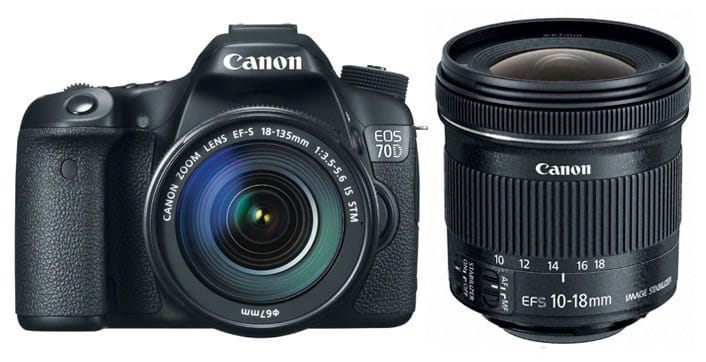










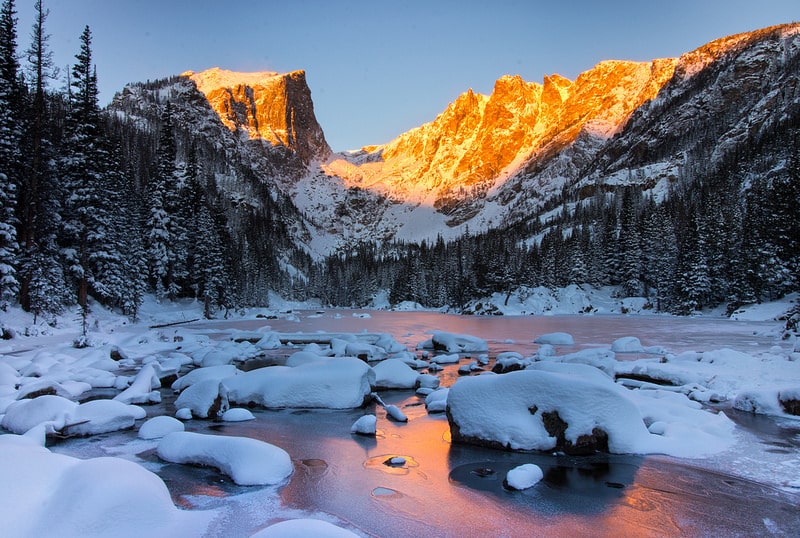


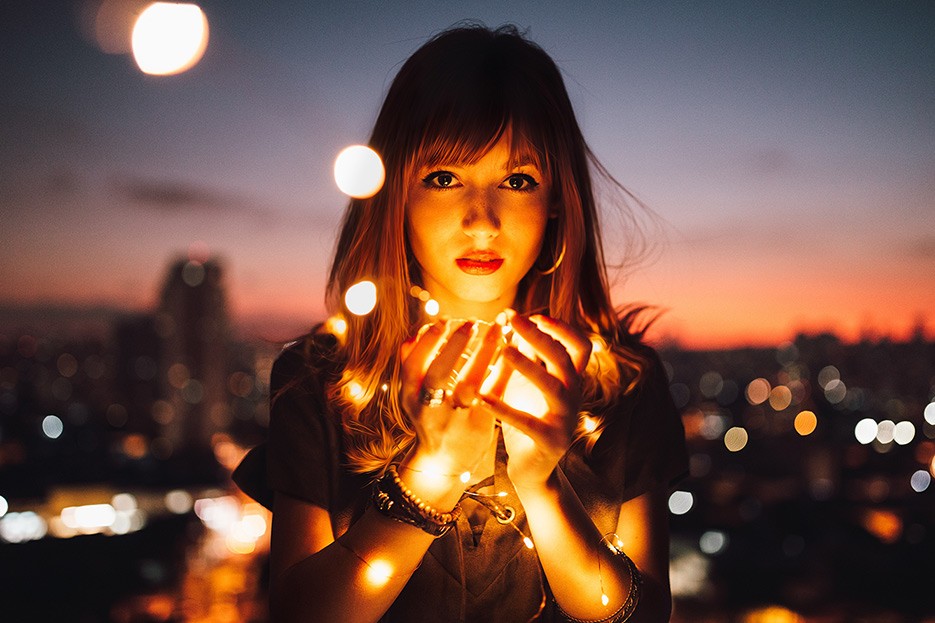
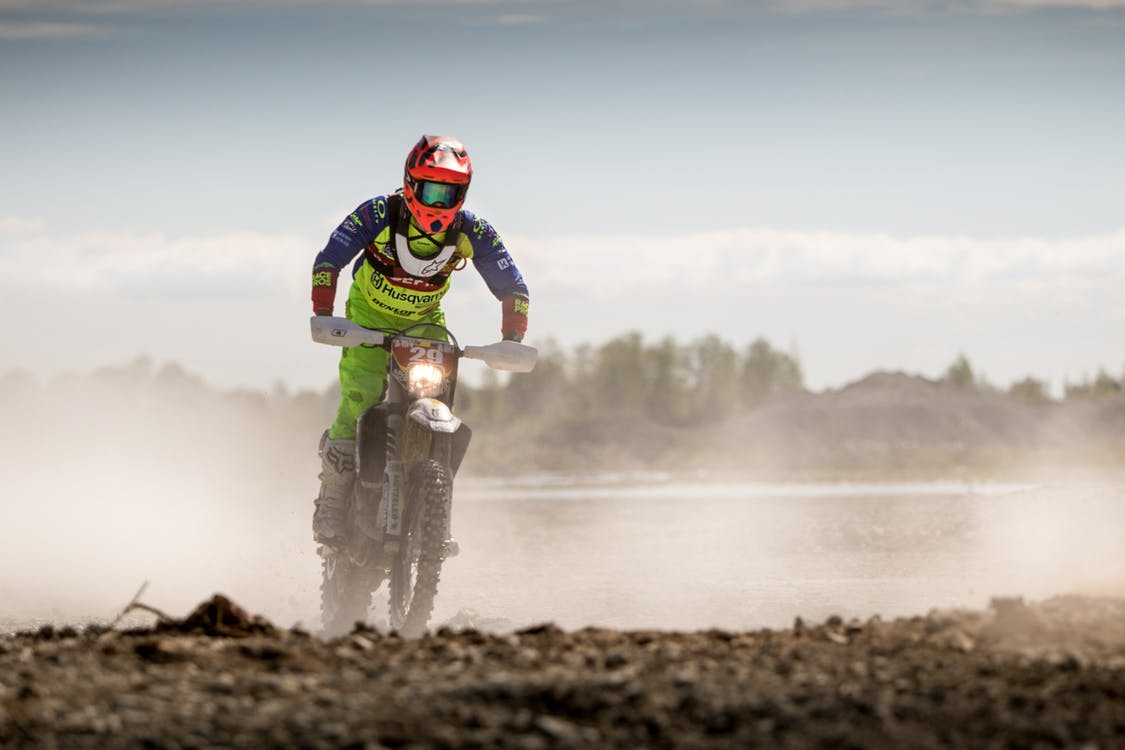
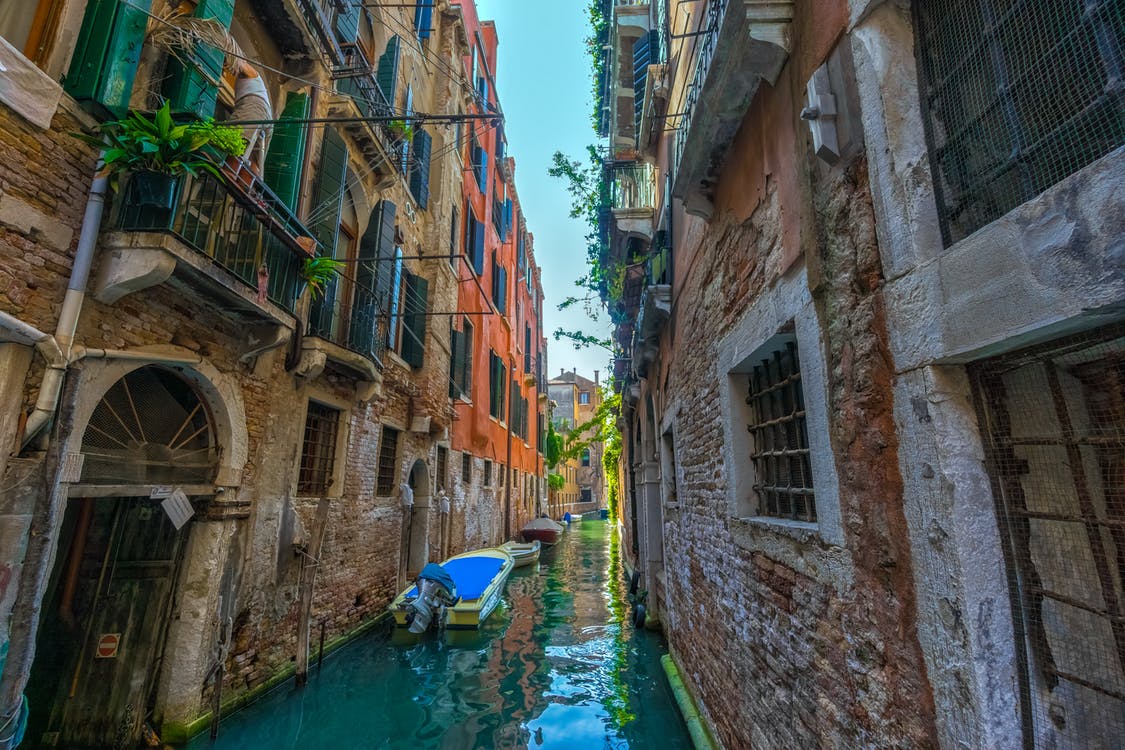

1 Comment
Dinah Beaton
October 12, 2017 at 7:40 amA very well written and well covered article on the lenses for the 70D. I bought mine with the 18-135mm canon lens and honestly just love it. My “Go-to” lens every time and I’m never disappointed. Also bought the 50mm and enjoy that too.
But having said that, I’m afraid that I’m not a huge fan of the lower priced Canon lenses, my 18-55mm kit lens that came with my Canon 450 lost auto zoom at a “young” use age and I found Canon couldnt be less interested if they tried. To fix would cost £5 less than a new one. So I look for the best in the lower priced range of 3rd party. (Yes I’d love to afford those big expensive wonders)
So I have set myself a goal to go out every day with a different lens for each day and test it out in every way and push it to its limits as I now have an eclectic collection of prime, zoom and vintage lenses. The vintage lenses are superb, i have 3 Pentax Takuma S-M-C Prime lenses with good adaptors to fit my Canon and have taken some wonderful images with them.